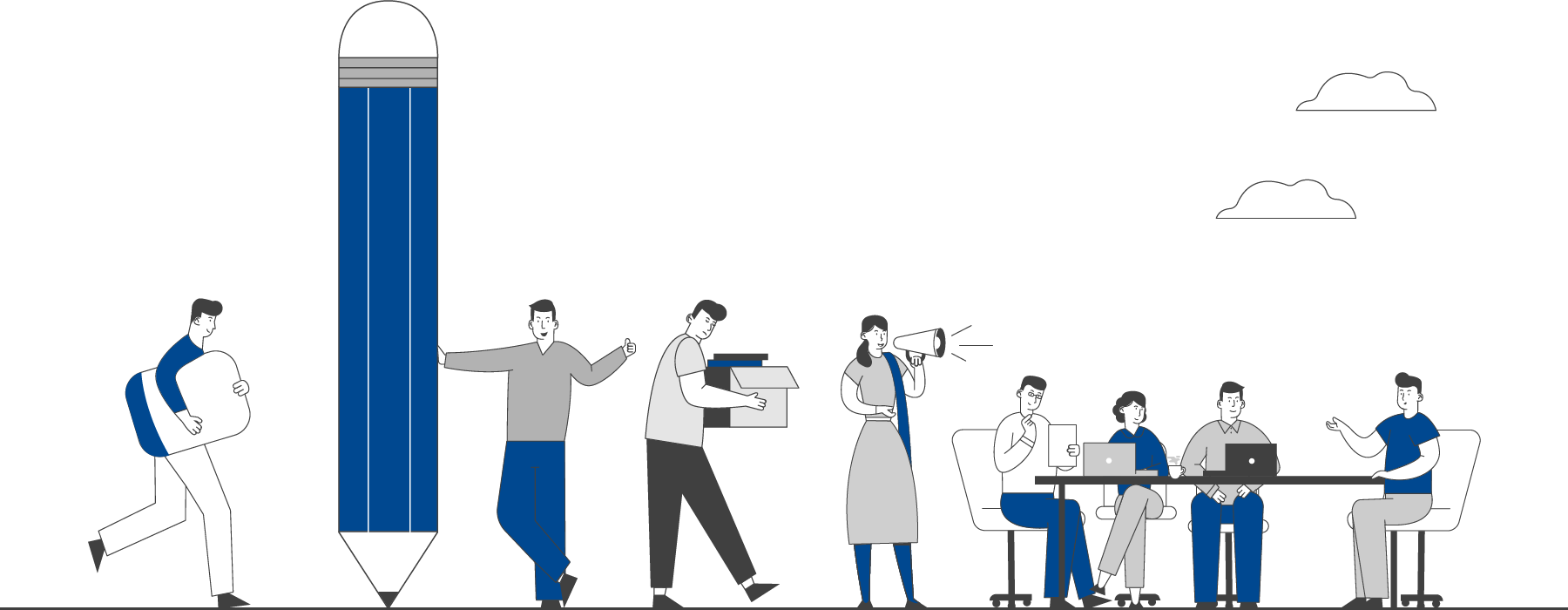

This section presents actionable insights for practitioners from our collaboration of experts.
Analysis
FILTER
BY CATEGORY
View All
Age and Agency
27 Jun 2020by Siddhi Mankad 3 min read
In India, the legal age of marriage for girls is 18, and for boys, 21. Yet child marriage is steeped in Indian culture. India has witnessed one of the largest decline in child marriage rates over the last decade, from nearly 50% to 27% for girls. While fewer Indian girls are marrying before the age of 15, rates of marriage have increased for girls between ages 15 to 18.
Girls Not Brides notes that child brides are often isolated, frequently feel disempowered and are deprived of their fundamental rights to health, education and safety. Being a child bride puts a girl at greater risk of becoming a victim of domestic violence, contracting a sexually transmitted disease, and experiencing complications during pregnancy and childbirth. Many also have little to no access to education and economic opportunities.
In a study on child marriage in the Indian states of Bihar and Jharkhand, respondents were asked what they considered was an appropriate age for marriage, and more than 40% said that a girl should be married when she reaches adulthood. While age, specifically 18 years, is an important factor of consideration for adulthood, other considerations mentioned included physical appearance and puberty. The study found that many adults and adolescents understand and agree that girls should not be married before age 18, especially on account of health issues associated with early pregnancy.
There is an improved understanding of, and attention to, delaying the age at marriage, with lots of efforts by governments and civil society to change the social norms around child marriage. Yet there is a slow movement towards improving the agency of young girls, i.e. empowering them through knowledge, awareness, trust, and access to products and services that enable them to make choices that affect their health and their lives. Most girls have no say in what or how much they want to study. They cannot choose who their life partner will be. And, as young brides, they lack awareness about family planning, as well as the ability to decide on the number or spacing of children.
Image Credit: World Vision International
By asking these questions, we understand that while the age of marriage is an important consideration in the health and well being of young girls, it should not overshadow the need to work on agency, which can completely transform the lives of young girls and entire societies.
Given this need to build the agency of young girls, what role could the media, government and civil society play to amplify the discourse and accelerate action around the rights of adolescent girls? Their efforts will decide what norms get built around the agency of young girls, and when age at marriage becomes an insignificant number for the law books!
Siddhi Mankad is Learning Catalyst for Learning4impact.


 EXPLORE DATA
EXPLORE DATA 



























